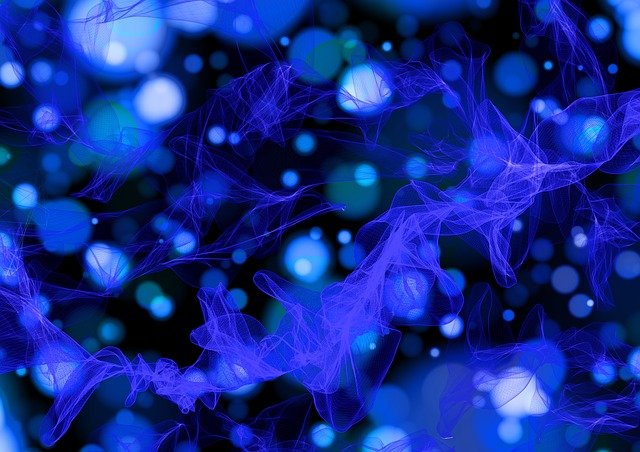Quantum states cannot be written as a mixture of other states are called pure quantum states, while all other states are called mixed quantum states.

For Understanding:
In physics, a quantum is the minimum amount of any physical entity involved in an interaction.
This means the magnitude of the physical property can take on only discrete values consisting of integer multiples of one quantum.
The fundamental notion a physical property can be “quantized” is referred to as “the hypothesis of quantization”.
In quantum physics, a quantum state is a mathematical entity provides a probability distribution in support of the outcomes of each possible measurement on a system.
😊A mixture of quantum states is again a quantum state.
😊Pure states are also familiar as state vectors or wave functions, the latter term applying particularly when they are represented as functions of position or momentum.
😊Information of the quantum state together with the rules in support of the system’s evolution in time exhausts all can be predicted about the system’s behavior.
A mixed quantum state corresponds to a probabilistic mixture of pure states however, different distributions of pure states can generate equivalent mixed states.
😊The Schrödinger–HJW theorem classifies the multitude of ways to write a given mixed state as a convex combination of pure states.
Source:
[1] Wikipedia Contributors. “Quantum State.” Wikipedia, Wikimedia Foundation, 30 Sept. 2020, en.wikipedia.org/wiki/Quantum_state. Accessed 7 Nov. 2020.
[2] Wikipedia Contributors. “Quantum.” Wikipedia, Wikimedia Foundation, 29 Oct. 2020, en.wikipedia.org/wiki/Quantum. Accessed 7 Nov. 2020.
[3] geralt. “Bokeh Particles Background Light – Free Photo on Pixabay.” Pixabay.com, 20 Aug. 2017, pixabay.com/photos/bokeh-particles-background-2661179/. Accessed 7 Nov. 2020.